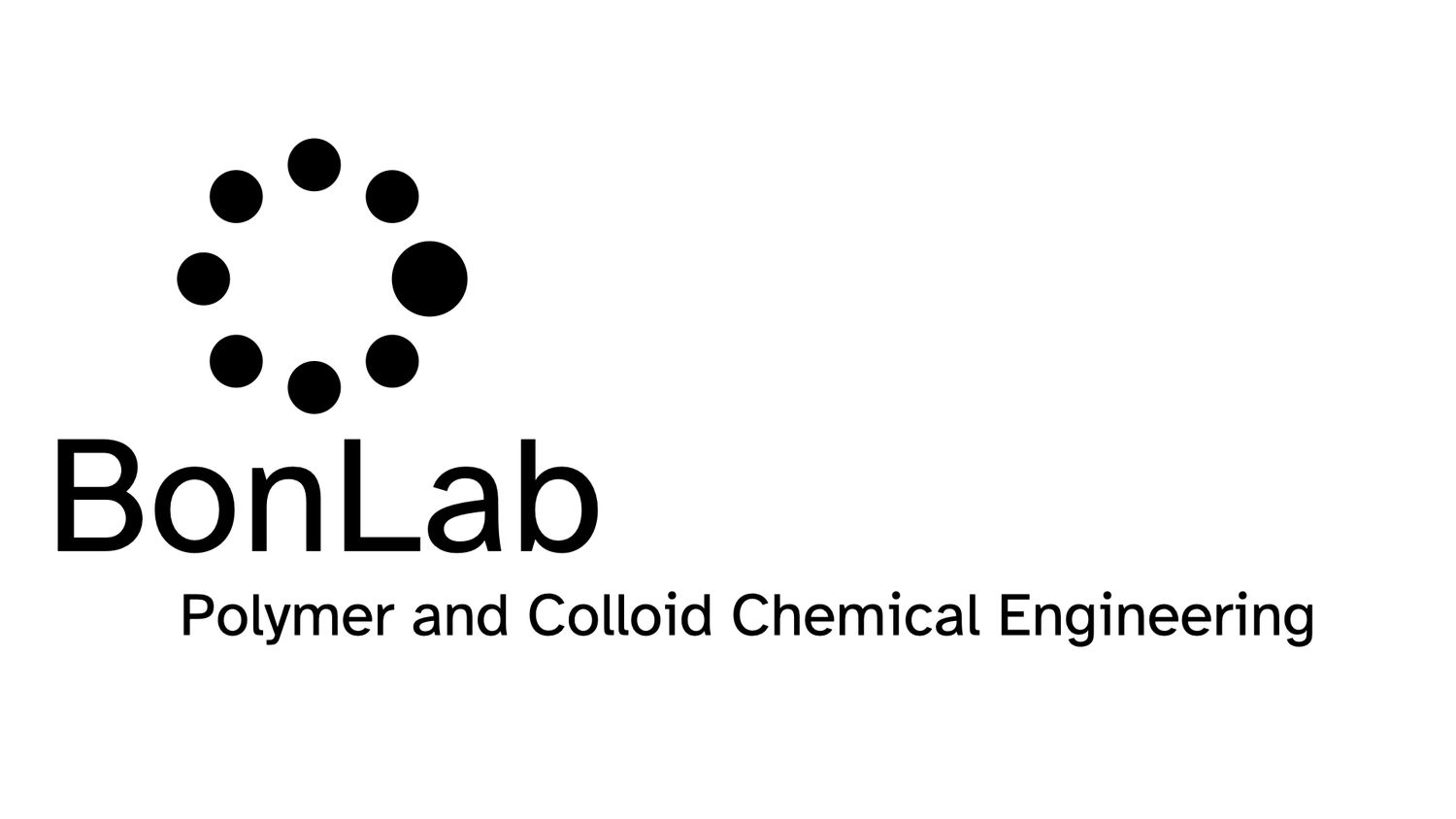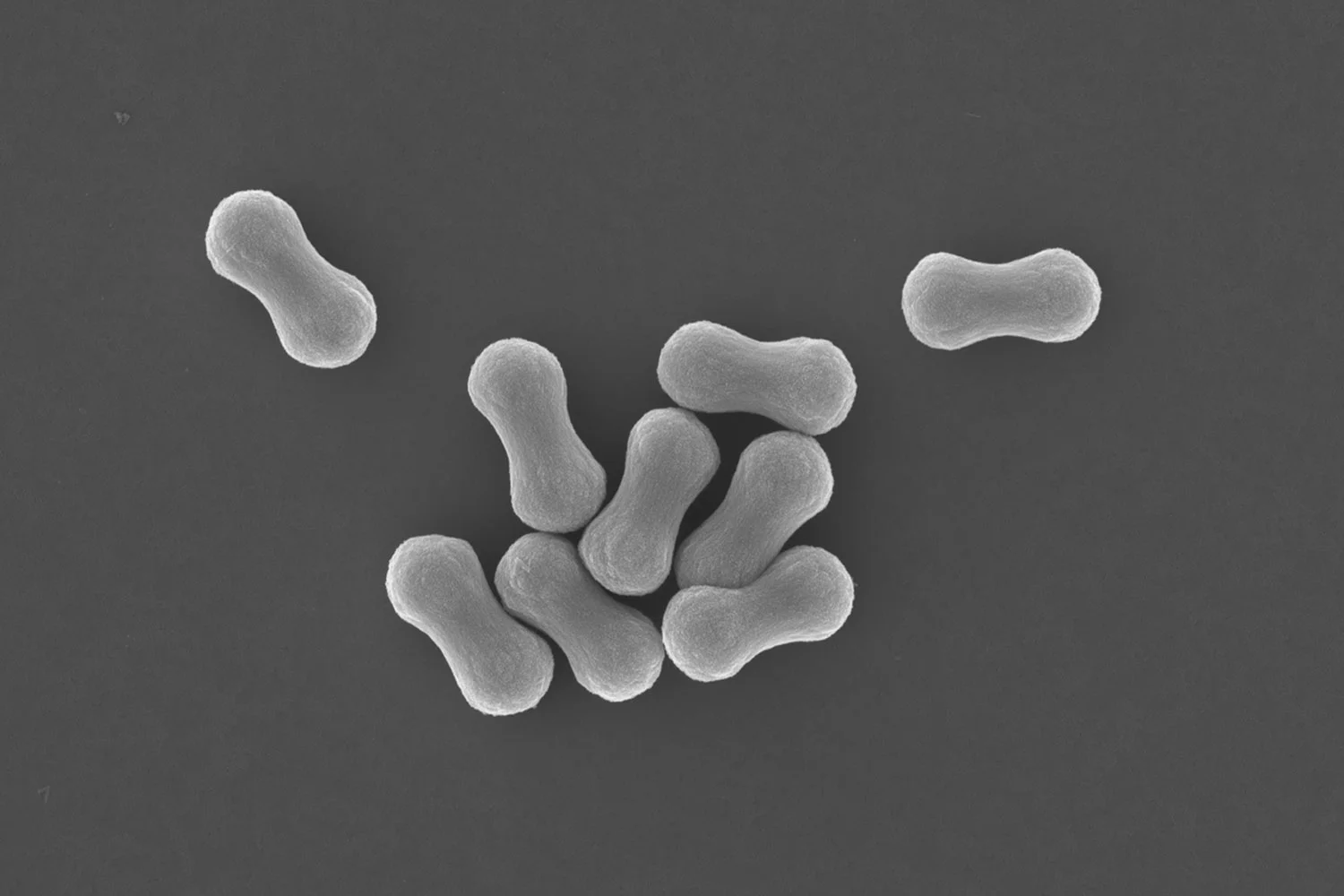Master students at the University of Warwick registered on the Polymer MSc programmes were treated to an exciting labday by BonLab packed with polymer and colloid science. In the true spirit of "feel the sensation of emulsion polymerization", a slogan ascribed to dr. Harold Schoonbrood and originating from the research group of Anton German at the Eindhoven University of Technology in the 1990s, the students were fascinated by hands-on synthesis of a polymer latex and its particle size characterization.
Master students on the Polymer MSc programmes feel the sensation of emulsion polymerization, organized by prof.dr.ir. Stefan Bon with research members of BonLab
Every student carried out their own emulsion polymerization under guidance of prof.dr.ir. Stefan Bon and two of the research members of the BonLab, Brooke Longbottom and Andrea Lotierzo. Emulsion polymerization is a process of high industrial relevance, with applications of the resulting polymer colloids in coatings/adhesives, construction, personal and household care, energy and health. The latex particles made by the participants were analysed by both dynamic light scattering, a technique relying on the random Brownian motion of the latex particles dispersed in water, and hands-on scanning electron microscopy (SEM).
Andrea Lotierzo, a PhD researcher in BonLab, works together with students on the characterization of a polymer latex with dynamic light scattering (DLS).
The labday formed part of a postgraduate module on colloidal materials taught by prof.dr.ir. Stefan Bon. He says: "We at BonLab are delighted to give students hands-on experience in the fabrication and analysis of polymer colloids. This area is of tremendous value in the design of innovative materials, and it is key that the underlying knowledge is transferred to the next generation of scientists."
Hands-on scanning electron microscopy training was provided by BonLab to the master students on the Polymer MSc programmes at the University of Warwick
More information:
please contact prof.dr.ir. Stefan A. F. Bon directly.
Images are courtesy of BonLab and taken by Junxin Chen (FEB2017).





